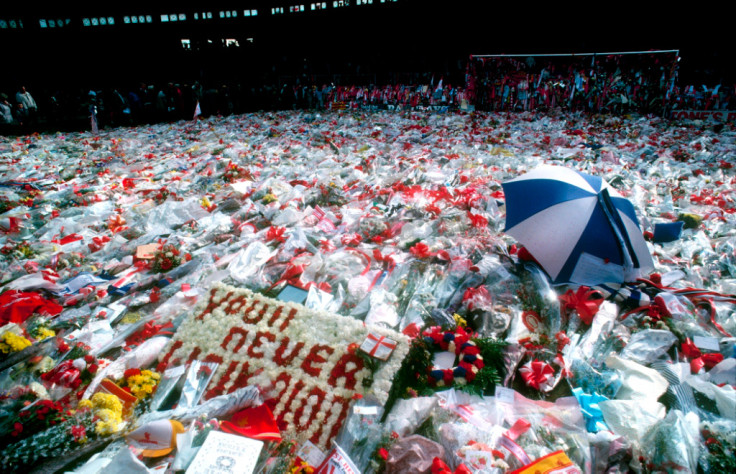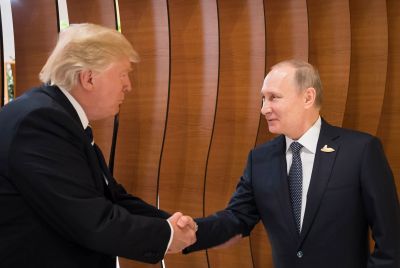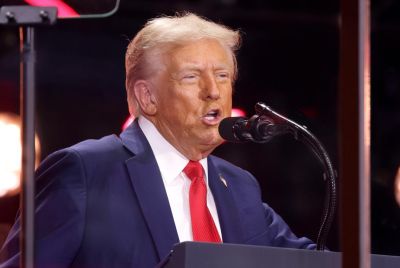Hillsborough 25th Anniversary: Our Long and Bitter Struggle for Justice

In March 1990 what were to become the most contentious inquests in recent times - the inquests into the deaths of 95 men, women and children who died at Hillsborough Stadium at an FA Cup Semi-Final between Liverpool and Nottingham Forest - began. The 96<sup>th victim, Tony Bland, died three years later. He never regained consciousness from the crush.
In a unique move, the coroner, Dr Stefan Popper, decided to open the inquests on a limited basis before a jury and prior to the conclusion of police investigations into criminal liability and possible disciplinary action.
These preliminary hearings, or 'mini-inquests', were confined to medical evidence, recording the blood alcohol levels of those who died and establishing the location of bodies prior to death and identification.
The jury heard a confusing mix of interpretation, selection and conjecture presented, unchallenged, as fact.
Consideration of the specific circumstances in which people died was not permitted. Sparse and often inaccurate evidence concerning each case was summarised and presented in court by an investigating police officer. Witness statements, on which the summaries were based, were neither disclosed nor examined.
The jury heard a confusing mix of interpretation, selection and conjecture presented, unchallenged, as fact. Bereaved families were left with many deeply personal questions unaddressed and were particularly distressed by the unprecedented taking and publication of blood alcohol levels.
Four months later, the Director of Public Prosecutions decided against criminal prosecutions and the inquests resumed in generic form. Twelve interested parties (six of whom were police interests) were represented and 230 witnesses gave evidence in what became the longest and most contentious inquest in English legal history.
Much was made and reported in the media of allegations against Liverpool fans – drunkenness, hooliganism, ticketlessness and a "conspiracy" to gain entry. To the families and survivors such allegations reignited the flame of culpability previously extinguished by the public inquiry headed by Lord Justice Taylor.
In a lengthy summary, the coroner stated that negligence in acts or omissions of the authorities and individuals involved, up to but not including gross negligence, could be contained within a verdict of accidental death. Following a two-day deliberation this was the majority verdict returned by the jury.
The bereaved families and survivors were devastated. Six families took test cases to the Divisional Court aiming to quash the verdicts on the grounds of irregularity of proceedings, insufficiency of inquiry and discovery of new evidence. Supporting the coroner, the judges considered that the inquests had been properly conducted, evidence had not been suppressed and the jury's direction had been "impeccable".
For a decade there was no further official response to the protestations of the bereaved and the survivors
In June 1997, following publication of my project's second research report on Hillsborough and its aftermath, No Last Rights, and the screening of Jimmy McGovern's award-winning drama-documentary Hillsborough, then home secretary Jack Straw announced an independent judicial scrutiny "to get to the bottom of this once and for all". The unprecedented scrutiny reviewed evidence not available to previous inquiries or investigations, eventually concluding that the inquest was not flawed and the "new"evidence added nothing of significance to that already known.

In 1999 I published the first edition of Hillsborough: The Truth. It laid bare the contradictions and disputes at the heart of the legal processes and revealed for the first time how all police statements had been subjected to an institutionalised programme of review and alteration. Yet for a decade there was no further official response to the protestations of the bereaved and the survivors.
At the 20<sup>th memorial service, however, government minister Andy Burnham committed to a further investigation. Following consultations with the Hillsborough Family Support Group an unprecedented initiative – the Hillsborough Independent Panel – was appointed, chaired by the Bishop of Liverpool. Its main remit was to investigate all available Hillsborough documents held by over 80 organisations, establishing what they might "add to public understanding".
Appointed to the panel, I headed its research and was the primary author of its 395-page report, which contained 153 key findings. On the day of the report's release, David Cameron addressed a packed House of Commons. Recognising the "weight of the new evidence", he offered "a proper apology to the families of the 96 for all they have suffered over the past 23 years".
"The new evidence that we are presented with today makes clear that these families have suffered a double injustice," he said.
The interests of justice must be served.
Within weeks the in-depth analysis of the documents led to two distinct but related major investigations: into police conduct following the disaster by the Independent Police Complaints Commission and into the potential for criminal prosecutions against individuals or corporate bodies by a team under the leadership of a former Chief Constable. Simultaneously, the Attorney General applied to the High Court to quash the inquest verdicts of accidental death.
In December 2012 the Lord Chief Justice, quashed those verdicts. New inquests, heard before a jury and presided over by Lord Justice Goldring, appointed as coroner, began on 31 March. In his opening address the coroner quoted directly from the Lord Chief Justice: "The interests of justice must be served. Within the limits of the coronial system, the facts must be investigated and reanalysed in a fresh inquest when, however distressing or unpalatable, the truth will be brought to light. In this way the families of those who died in the disaster will be vindicated, and the memory of each victim will be properly respected."
On 3 April, just 12 days before the 25<sup>th Hillsborough memorial, the presentation of the first part of the evidence to the new inquests began. In an historic departure the families of all 96 who died are reading personal statements that profile the lives, experiences and aspirations of those who died.
These profiles, uncontested and accompanied by photographs, enable the bereaved to place their loved ones at the centre of the inquest. Over recent days the emotion within the court has been clearly evident as lost lives, many young and full of hope and ambition, have been celebrated. This process will run until late April.
While inquest evidence and verdicts are often controversial and seek to apportion responsibility for deaths in contested circumstances, they are not courts to establish criminal liability. There are no formal sides, no verdicts of guilt or innocence. Yet, matters of accountability – both personal and institutional – will be ever-present in bringing the truth to light.
Phil Scraton is professor of criminology in the School of Law at Queen's University, Belfast, and author of several reports on Hillsborough, the book Hillsborough: The Truth, leading the Hillsborough Independent Panel's research and primary author of its September 2012 Report
© Copyright IBTimes 2025. All rights reserved.





















